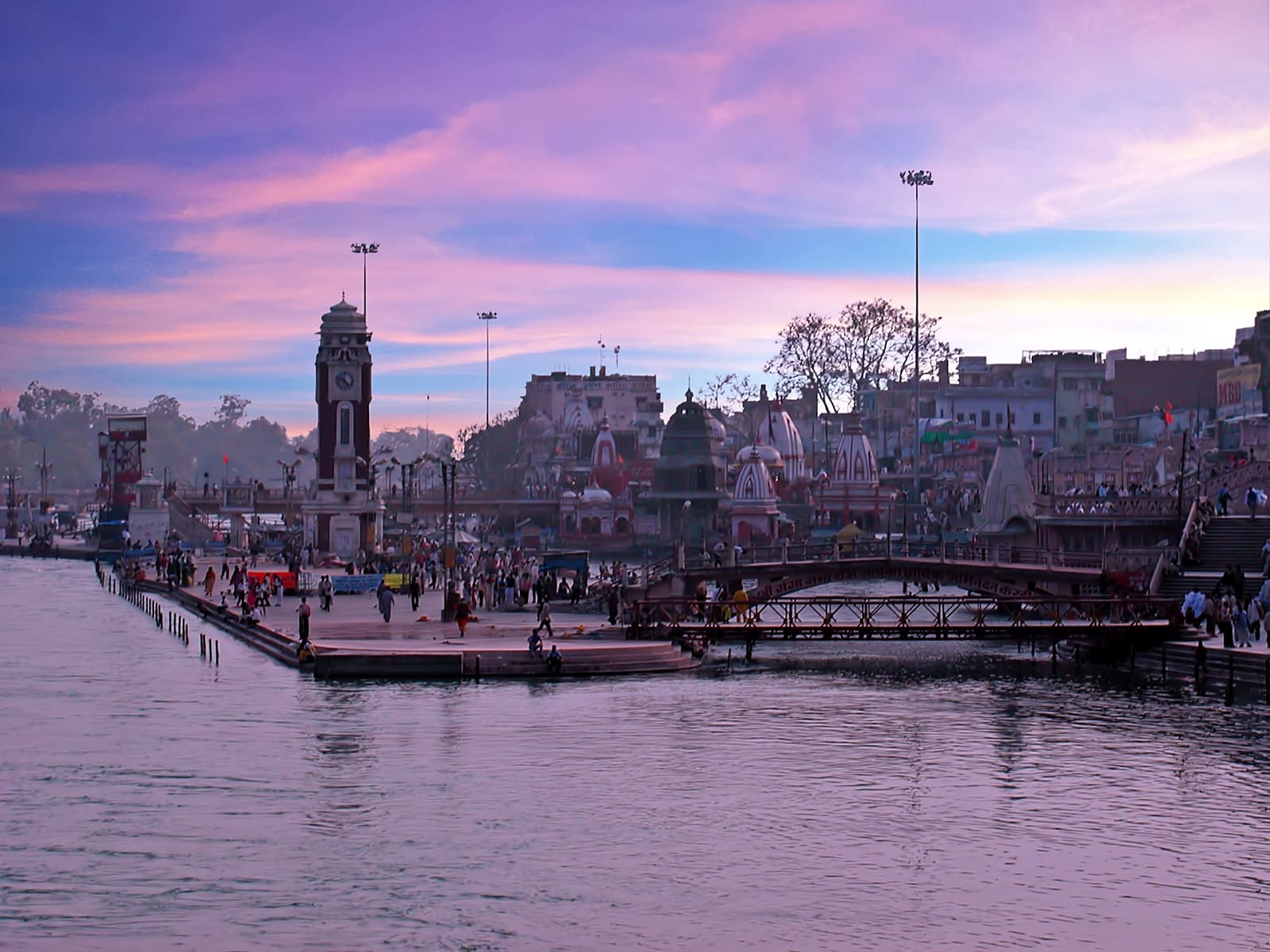Climatic conditions and geophysics
The river basin encompasses some 419,300 sq. miles (1,086,000 sq. km) and contains the most important stream system on the landmass. The water depends part on the rains brought by the southwesterly monsoon winds from July to october in addition as on the be due melting mountain chain snows within the hot season from April to June. Precipitation within the geographical region accompanies the southwest monsoon winds, however it additionally comes with tropical cyclones that originate within the Bay of geographical area between June and Gregorian calendar month. solely a little quantity of rain happens in December and Jan. the typical annual rain varies from thirty inches (760 mm) at the western finish of the basin to quite ninety inches (2,290 mm) at the eastern finish. (In the higher Gangetic Plain in Uttar Pradesh, rain averages concerning 30–40 inches [760–1,020 mm]; within the Middle river Plain of province, from forty to sixty inches [1,020 to 1,520 mm]; and within the delta region, between sixty and one hundred inches [1,520 and 2,540 mm].) The delta region experiences robust cyclonic storms each before the commencement of the monsoon season, from March to might, and at the tip of it, from Sep to Gregorian calendar month. a number of those storms lead to a lot of loss of life and also the destruction of homes, crops, and stock. One such storm, that occurred in November 1970, was of ruinous proportions, leading to deaths of a minimum of 200,000 and presumably as several as five hundred,000 people; another, in April 1991, killed some one hundred 40,000.
The Physical Features of Holy River GANGA, #PART_2
An introduction of The Great Holy Indian River, GANGA
Since there's very little variation in relief over the complete surface of the Gangetic Plain, the river’s rate of flow is slow. Between the Yamuna stream at metropolis and also the Bay of geographical area, a distance of nearly 1,000 miles (1,600 km), the elevation drops just some 700 feet (210 metres). Altogether the Ganges-Brahmaputra plains extend over a vicinity of three 100,000 sq. miles (800,000 sq. km). The deposit mantle of the plain, that in some places is quite 6,000 feet (1,800 metres) thick, is presumably less than 10,000 years recent.
At last I would like to convey that " Save Water, Coz day by day its being Shorter."







No comments:
Post a Comment